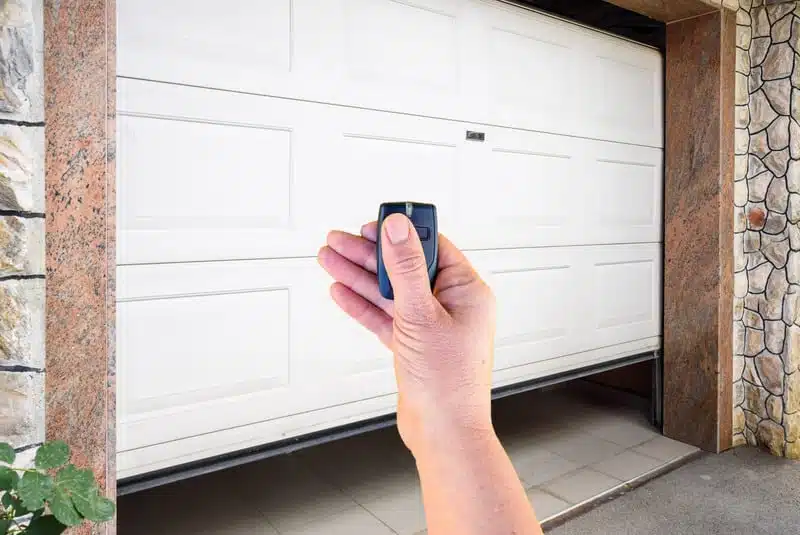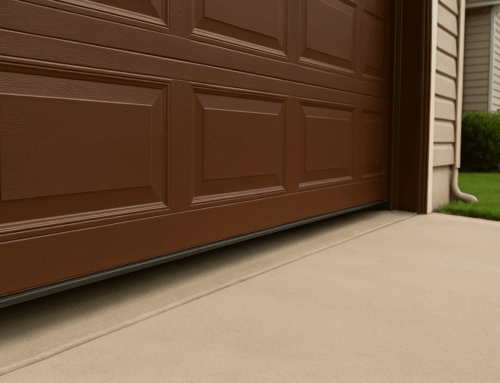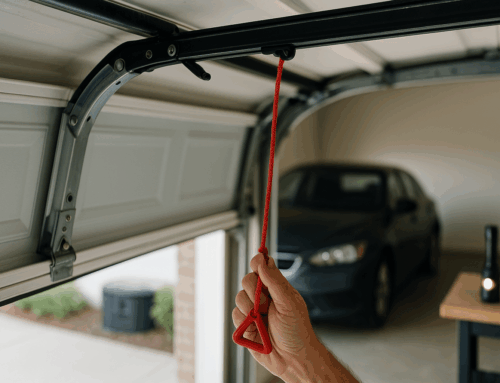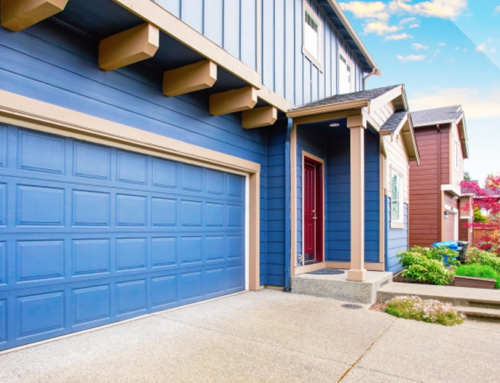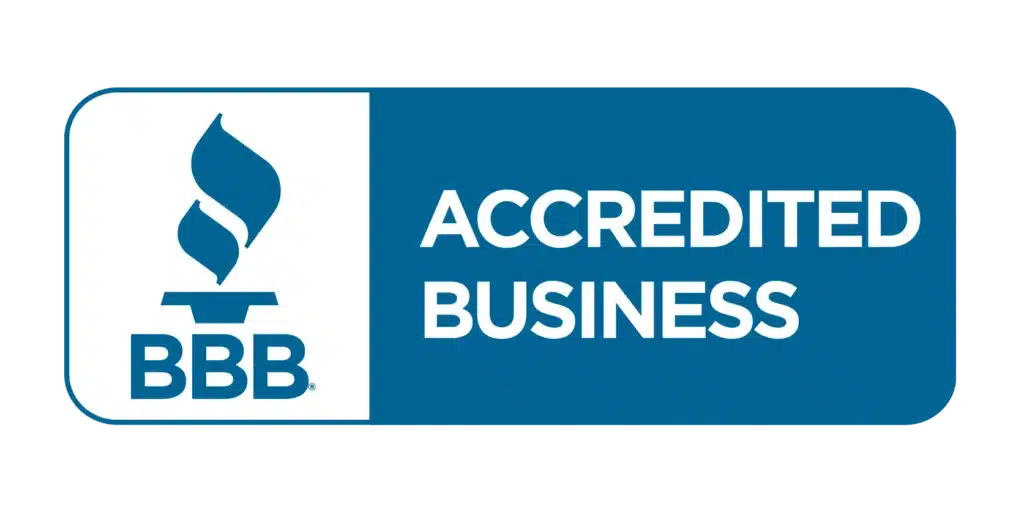Let’s face it, life throws curveballs sometimes, and a malfunctioning garage door opener can be a real inconvenience. Maybe the power’s out, the opener itself is on the fritz, or perhaps you simply forgot the remote. Whatever the reason, knowing how to open your garage door manually can save you time and frustration.
This guide will walk you through the steps of manually operating your garage door. Remember, these instructions are general and may vary slightly depending on your specific opener model. Always refer to your owner’s manual for the most accurate information for your opener.
1. Safety First
Before attempting to open your garage door manually, it’s crucial to prioritize safety:
- Clear the area: Ensure there are no people or objects underneath the door that could be injured if it falls.
- Engage the door lock: If your garage door has a manual lock, engage it to prevent the door from accidentally opening while you’re working on the opener.
Once you’ve ensured a safe environment, proceed to the next step.
2. Locate the Manual Release Mechanism
Most garage door openers come equipped with a manual release mechanism. This allows you to disengage the opener from the trolley and operate the door by hand. Here’s how to find it:
- Consult your owner’s manual: The manual should have a specific section detailing the location and operation of the manual release mechanism. If you can’t locate the manual, you can usually find the information online by searching for your opener model and “manual release.”
- Look for the red cord: In most cases, the manual release mechanism is a red pull cord hanging near the opener motor unit. It’s typically attached to the trolley that travels along the track with the door.
If you’re still having trouble locating the manual release, contact a professional garage door repair company for assistance.
3. Disengaging the Opener
Once you’ve found the manual release mechanism, it’s time to disengage the opener from the door:
- Pull the red cord firmly: A tug on the red cord should be sufficient to release the trolley from the opener mechanism. You may hear a clicking sound when the connection is disengaged.
- Test the door: Once disengaged, try lifting the garage door manually. It should move freely without resistance from the opener.
If the door feels heavy or difficult to lift, don’t force it. There could be a more serious issue with the door itself, and it’s best to call a professional for assistance.
4. Manually Operating the Garage Door
With the opener disengaged, you can now operate the garage door manually:
- Lifting the door: Grip the handle in the center of the door or near the bottom edge and carefully lift it upwards. The door will likely be heavier than you expect, so use caution and lift with your legs, not your back.
- Lowering the door: To close the garage door, slowly and carefully lower it back down until it’s fully shut. Once closed, you can re-engage the opener (see next section).
Remember, a properly balanced garage door should be relatively easy to lift and lower manually. If the door feels excessively heavy or unbalanced, there could be an underlying issue and it’s best to contact a professional for repair.
5. Re-Engaging the Opener (Optional)
If you plan to use the opener again soon, you’ll need to re-engage it with the trolley:
- Locate the engagement point: On the opener track, find the spot where the trolley reconnects with the opener mechanism. There should be a designated slot or latching point.
- Reattach the trolley: Carefully lift the door until the trolley aligns with the engagement point on the opener track. Push the trolley firmly back into the mechanism until you hear a click, indicating a secure connection.
Your opener should now be re-engaged and functional.
Important Note: Some openers may have a different procedure for re-engaging the trolley. Always refer to your owner’s manual for specific instructions for your model.
When to Call a Professional
While manually operating your garage door can be a temporary solution, it’s important to address the underlying issue with the opener as soon as possible. Here are some situations where calling a professional is recommended:
- The opener won’t respond at all: If there’s no power or the opener doesnt respond at all, if there’s no power or the opener doesn’t respond to button presses, it might be a malfunction with the opener itself. A technician can diagnose the problem and recommend the appropriate repair.
- The door is difficult or impossible to lift manually: A properly balanced garage door shouldn’t be excessively heavy to lift by hand. If the door feels impossibly heavy or unbalanced, it could indicate a broken spring, damaged rollers, or another issue requiring professional attention.
- You’re uncomfortable performing the manual operation: If you’re unsure about any of the steps or don’t feel comfortable lifting the door manually, it’s always best to err on the side of caution and call a professional.
Get Professional Garage Door Services in Fort Collins, CO
By following these steps and recommendations, you should be able to open your garage door manually in most situations. Remember, a properly functioning garage door opener is essential for safety and convenience. If you encounter any problems or suspect an issue with your opener, don’t hesitate to contact Front Range Raynor. Our team of qualified technicians is available 24/7 to provide prompt and reliable emergency garage door repair services. We’ll get your garage door back in working order quickly and get you back on track.
For residents of Fort Collins, Greeley, Loveland, CO and the surrounding areas, Front Range Raynor offers a comprehensive suite of garage door services, including repair, installation, and maintenance for openers for your garage door. Our experienced technicians can help you troubleshoot any issues and get your garage door functioning properly again in no time.
Contact Front Range Raynor today to schedule an appointment!

